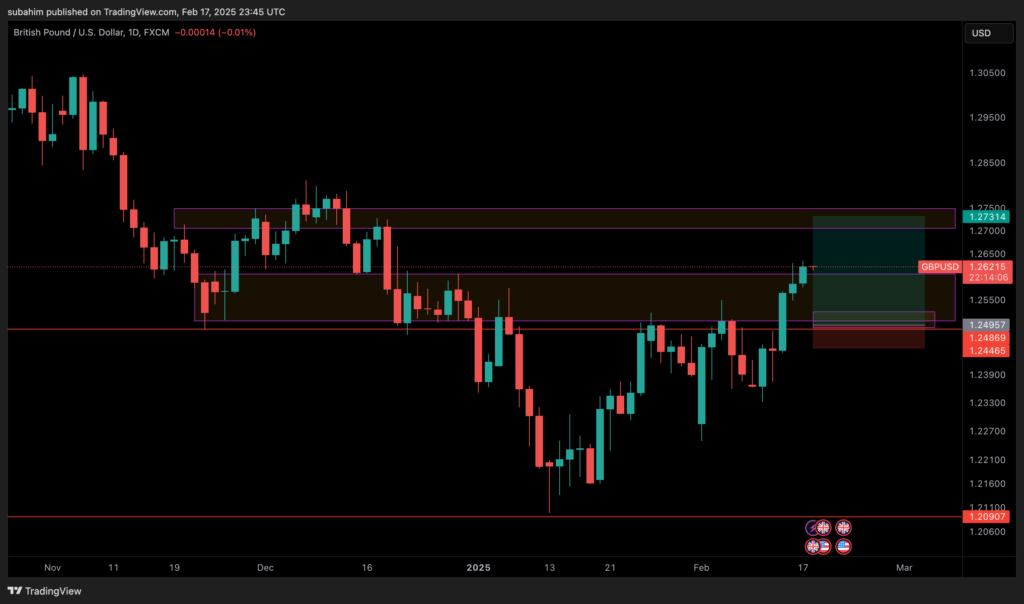The British pound has appreciated against the dollar, fueled by positive economic data suggesting a potential recovery. Recent PMI figures, particularly strong performance in the services sector, have bolstered the currency and shifted expectations regarding future interest rate cuts by the Bank of England. Conversely, the Federal Reserve’s indication of rate cuts in the US may further influence the pound’s trajectory, alongside upcoming economic announcements from the UK government.
- The British pound rose to $1.295.
- Positive PMI figures suggest an economic recovery.
- The services sector showed significant growth, driven by financial and consumer services demand.
- Traders now see a 60% chance of a quarter-point rate cut in May.
- HSBC predicts the BoE’s key rate likely to reach 3% by Q3 2026.
- The Federal Reserve signaled two rate cuts later this year.
- Attention is focused on Chancellor Rachel Reeves’ upcoming Spring Statement on Wednesday.
The overall picture suggests a strengthening British pound, supported by improving domestic economic conditions. Reduced expectations for aggressive interest rate cuts, coupled with potential easing by the US Federal Reserve, could provide further upward momentum for the currency. Furthermore, upcoming fiscal policy announcements may influence market sentiment and the pound’s value.

